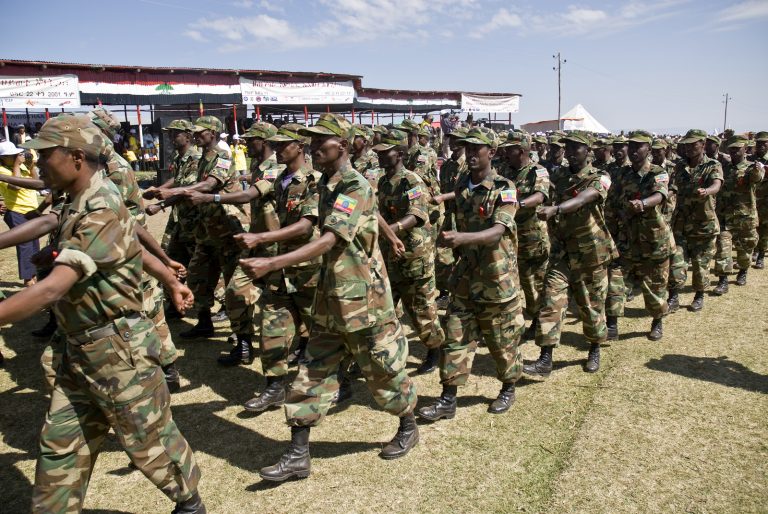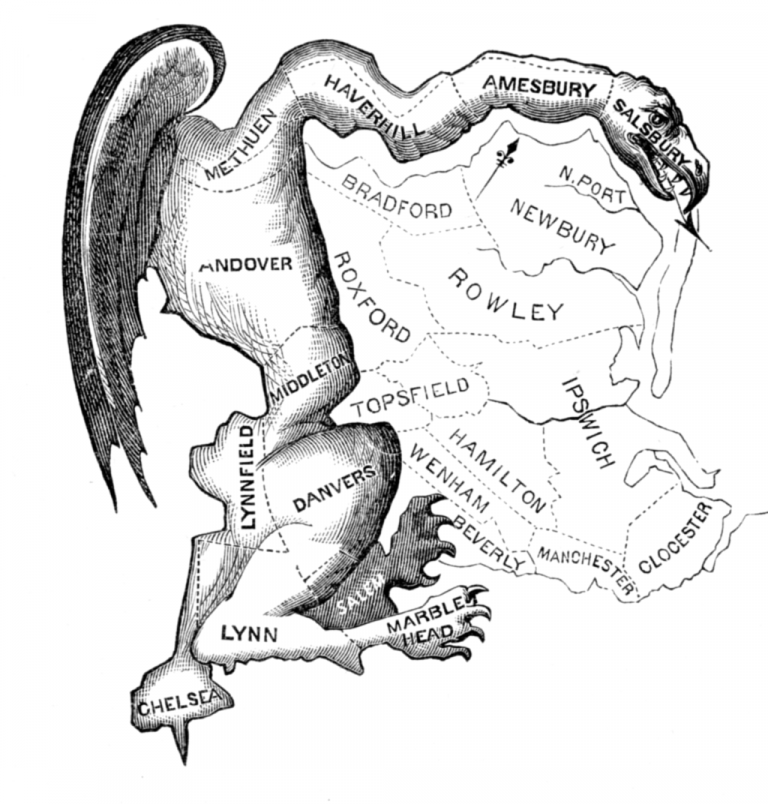Charles Martin-Shields on Mobile Phones as Conflict-Prevention Tools
Debate continues among academics as to whether cell phones and related technologies can be a help or a hindrance in encouraging reconciliation among conflicted communities. In 2013 Professor Charles Martin-Shields conducted research on Kenya’s elections and the inter-ethnic violence that often occurs during these fractious political events. Mobile phones, he contends, can be effective violence-prevention tools when used in the correct way.
Q:What were the most surprising findings from your research on Kenya's election?
A: When I did my first survey in Kenya I was struck by how low the levels of trust people reported having for everyone; this included politicians all the way down to local friends and family. What this indicated to me was that relying on tools like mobile phones and social media to share and gather information during fraught periods like elections may not have the positive community bridging effects that many in the peacebuilding community initially thought. In order to get the most out of tools like mobile phones for peacebuilding and violence prevention, there has to be some latent level of trust across groups; as a fundamental level, I have to trust that when someone from a different political party or ethnic group posts something to a group chat or social network, it is true. If there is no bridging social capital between groups, and no trust, then all the technology in the world won't lead to more cooperation and less violence. Indeed, the risk then becomes the emergence of echo chambers, where groups only share information among themselves - if the information is toxic enough this can lead to violence.
This was early in my research, so for me the biggest take away from this was not to focus too much on the technology itself (though to be fair, the technology available to peacebuilding practitioners nowadays is pretty cool), but to focus on the social dynamics at the community and household level, then understand how technology could fit into those dynamics to reinforce positive outcomes.
The second thing that surprised me, and I saw this in my work in Samoa as well, was that even in an environment where people had access to a wide range of information gathering tools, radio and TV remained very important to people. In both Kenya and Samoa, people reported that they trusted information they heard on the radio at far higher rates than anything they could get via text message or social media. This observation was another reminder not to over-value the impact that new technologies are having in developing countries, especially as tools for managing social or political conflict.
Q: What are the potential hurdles facing conflict prevention specialists in utilizing mobile phones in future elections?
A: I think the biggest hurdle right now is transitioning from a decade of excitement about the potential mobile phones hold, wherein a number of small pilot-sized programs represented the state of the field, to thinking far more systematically about how to use mobile phones across different contexts. A problem in the tech for peacebuilding space has been the feeling that everything is always in 'pilot' mode; programs tend to be small and specified to local conflict dynamics. While this isn't inherently bad, it means is that it remains hard for big organizations like USAID or the UN system to learn generalizable lessons that can be turned into institutional norms. The question has to be: At what point do we have enough pilot data for large organizations to be able to safely say "in context X we can use mass texting to share information about where to vote, and in context Y we should not use phones...instead we should rely on radio broadcasts." Empirically we're not there yet, and to get there I think there's no easy answer except to keep doing field research and gathering more data.
Setting aside issues related to empirical research, I think the main challenge for practitioners is developing the skills and knowledge to use ICTs effectively. Many professionals in the field have done surveys and are experienced social scientists, but when you add the layer of doing a survey on mobile phone-based software the risk is that the practitioner will not use the software correctly. At a larger level, developing a working knowledge of how to work with telecom firms and risk management in digital data collection is something that is always far more complex than people initially think it will be. The good thing is that these two issues can be remedied relatively easily through ongoing training programs for staff, and firms like TechChange Inc. have taken the lead in providing this kind of training.
Q: What are the best paths forward for mobile phones as violence-prevention tools in countries like the DRC? Or is the unpredictability of their utility too risky for fragile states?
A: I think there are two models that are useful when thinking about mobile phones and violence prevention in the DRC. One is already used by the peacekeeping mission there, which they call Community Alert Networks. The mission identified trusted reporters in communities who could send toll-free messages to a phone that a peacekeeper was monitoring. This meant that a community which otherwise may have been out of radio or observation range could give the peacekeeping mission an early warning that there was a risk of violence, and the mission could deploy resources sooner. In effect, the system mimics 911 but gets around the lack of phone infrastructure by using text messages.
The other model that could work is one piloted successfully by the Sentinel Project in Kenya's Tana Delta region, called Una Hakkika. What the Sentinel Project did was set up an automated text message alert system that people could text into when they heard a potentially inflammatory rumour. The message would go to leaders across all ethnic communities who could then work together to check the veracity of the rumor and then engage in conflict resolution if there was truth in it. The idea was to prevent a lack of information sharing and echo chambers from spinning into inter-community violence. It's a model I find particularly useful for grassroots violence prevention, and is transferable because it starts from a well-founded approach to community violence prevention and conflict resolution, and then finds an elegant way to enhance that with mobile phones.
It's important to note that these two approaches work because there is a third party providing oversight or participation. Unfortunately a lot of the current evidence from regions affected by conflict indicates that when left to their own devices, people will use mobile phones to re-broadcast rumors and organize violence. Fundamentally, mobile phones can only enhance peace in as much as there is a good program in place to orient communities toward peace - it's important to remember that unless peace is what people want, and there are parties supporting them in pursuing it, mobile phones can be equally efficient tools for organizing violence.
Q: How has this field of research evolved since your paper's publication?
A: This is where I have the most concern, but also see the most opportunity. My concern is that as the research side of the field evolved the best data is on violence, and thus it has been easiest for political scientists to focus on how technology influences political violence. There is excellent research from Catie Snow Bailard and Nils Weidmann, among others, on these dynamics. What worries me is that there has not been as organized an effort on the side of peacebuilders to empirically analyze how these tools affect peace. Some of this is due to data availability and the fact that right now political science as a field is very quantitatively focused; it's easier to study violence quantitatively because we have a lot of reliable data on it. But part of it I'd argue is due to a tendency in peace studies to focus on single cases, and a lack of effort to identify empirical patterns (quantitative or qualitative) in how these technologies affect peace. Thus, what we see in the best research journals is a narrative that mobile phones correlate with more violence - this isn't untrue, but there is definitely evidence that technology can lead to peaceable outcomes as well. Right now though that evidence is scattered, and lacks a cohesive empirical narrative.
What I'm excited about though is a renewed effort among political scientists like Marcartan Humphreys to use field experiments and randomized control trials to identify the impact of technology access on peace and development outcomes in countries like Uganda and the DRC. Since we're dealing with very short timelines, and in many cases want to understand how to build peace and prevent violence in very localized settings, field experiments designed in cooperation with NGOs working in communities hold a great deal of promise for building an empirical base for understanding how these technologies affect peacebuilding and peaceableness in communities.
Charles Martin-Shields is a professor of comparative politics, technology and media. He was previously a visiting scholar at George Mason University where he also holds a PhD from the School for Conflict Analysis and Resolution. He is currently a researcher at the German Development Institute in Bonn, Germany.




